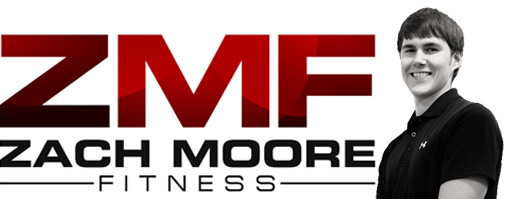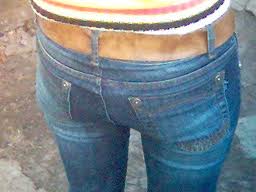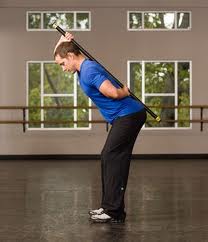Take a look at the people around you. What do you notice? If you are a coach or trainer like me, then probably the first thing you notice is their posture! Posture has a large impact on our aesthetics, pain, and research has even shown, how confident we are in ourselves.
Unfortunately, many people have terrible posture. One area in particular that bothers me is the glutes. So many people have no glutes and suffer from what I call “flat butt syndrome”!! People with no glutes also often suffer from low back pain – I am not going to go into the details, but many times they go hand-in-hand. Well, I am here to tell you that by learning the hip hinge pattern you are on your way to a shapely backside and a healthier back.
In fact, research by Dr. Stuart McGill has demonstrated that learning the hip hinge is one of the best ways to prevent future back pain and alleviate current back pain.
As far as research for the shapely back side, you will have to trust my anecdotal evidence. I will just say proudly that I have very few clients with flat butts. 🙂
I have stated in previous installments that I believe this is the most important pattern to master for women and men. The benefits are far reaching and it will open up the opportunity to learn a lot of other great exercises such as the deadlift and hip thrust. These are two of the hottest exercises right now in the fitness industry and for good reason.
So let’s get to it.
First, if you haven’t already, check out my video and tips on how to perform a bodyweight hip hinge pattern.
If you have been working on that and feel pretty comfortable with it, then let’s look at some ways to load the pattern. This pattern includes the most exercises of any other – there are many variations. I am also including in this pattern glute bridge variations and more hip dominant single leg movements (such as step-ups).
Kettlebell/Dumbbell Hip Hinge Variations
The KB/DB Romanian Deadlift (RDL) is one of the first loaded hip hinge exercises I prescribe for clients. For most people, it is the easiest to learn.
As the KB/DB RDL begins getting more and more comfortable I want you to begin lowering the weight to the floor. This exercise then becomes the KB/DB Deadlift (DL). The DL is very similar to the RDL except it starts from the floor and requires more knee bend.
Once the heaviest dumbbell or kettlebell is no longer challenging it is time to move to barbell variations.
Barbell (BB) Hip Hinge Variations
Glute Bridge Variations
Glute bridge variations are also simple movements that can be learned fairly easily. These variations can be performed in the same workouts as the movements above or performed separately.
Glute Bridge to Single Leg (SL) Support
All of the above can also be performed with feet elevated.
Less Common Hip Hinge Variations
I would not necessarily have a beginner perform these, but they can be included later in a program to add variety.
Uniilateral Hip Hinge Variations
I would practice the bilateral variation for a few weeks before trying these out. They will improve your balance and stability, as well as improve asymmetries between legs.
Cable Single Leg RDL (holding in contralateral hand, ipsilateral hand, or both hands)
DB Single Leg RDL (holding in contralateral hand, ipsilateral hand, or both hands)
DB Step Up (holding in contralateral hand, ipsilateral hand, or both hands)
BB Step Up (can also be performed with a front squat grip)
If you are new to resistance training or this pattern, then I highly recommend starting with the KB/DB RDL or KB/DB Deadlift. You can also include any of the glute bridge variations from above – they tend to be fairly easy for people to learn and perform.
After a few weeks working on the hip hinge pattern feel free to try out some of the less common variations and the unilateral (single leg) movements.
Common mistakes:
-Failure to achieve and maintain a neutral spine
-Too much knee bend (“squatty”) – a hip hinge should involve very little knee bend
-Failure to initiate the movement with glutes and hamstrings (you should not feel discomfort in your back, which can often overpower the glute and hamstring muscles)
That concludes the hip hinge pattern. So now that you are loaded with a bunch of exercises, make me proud and go build a shapely backside!


